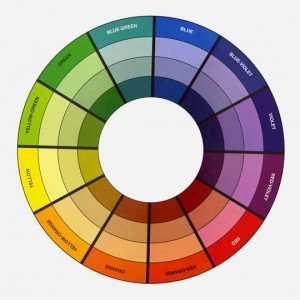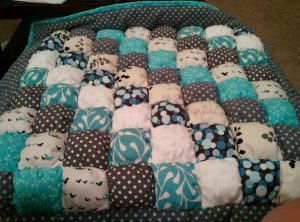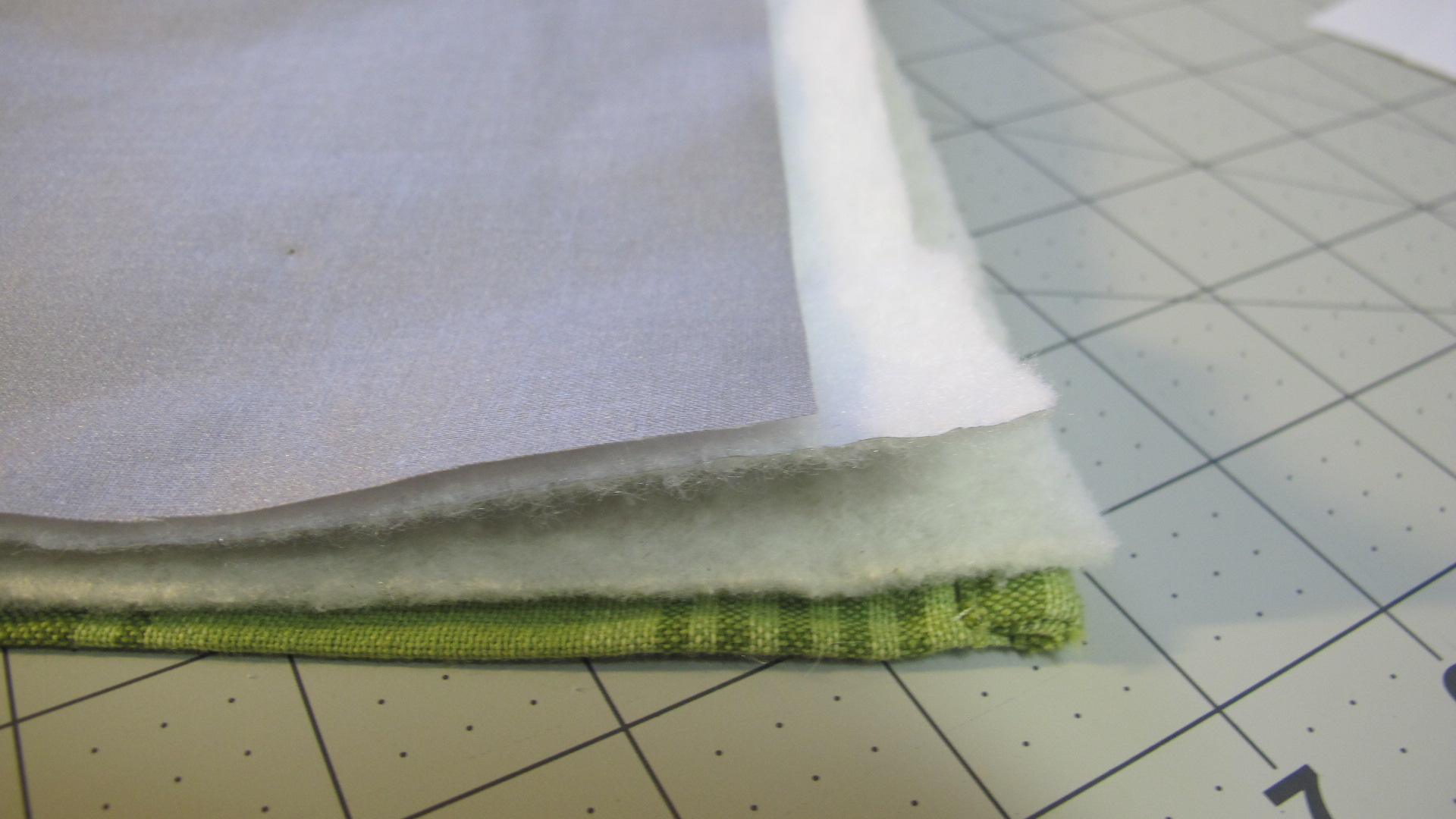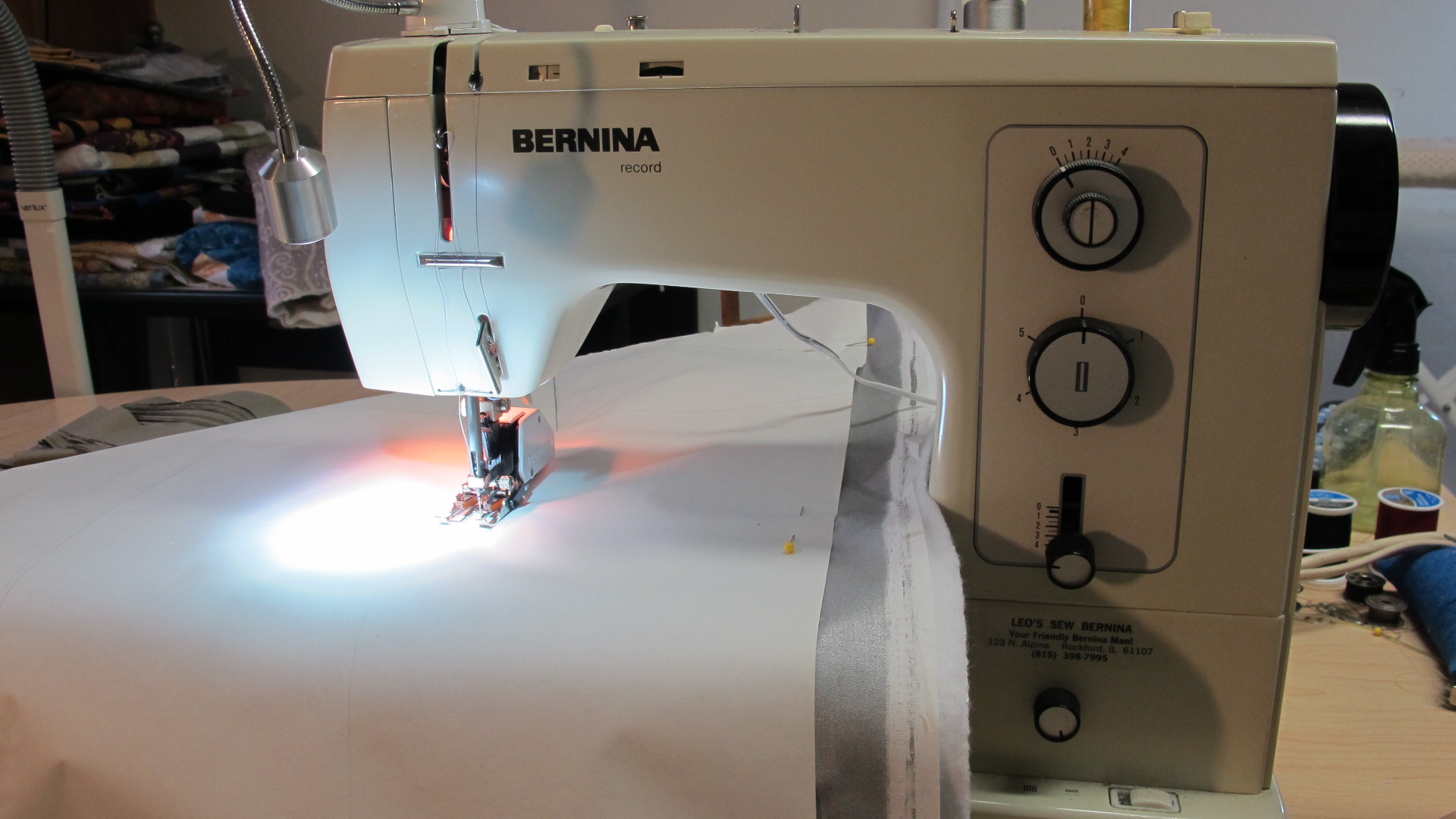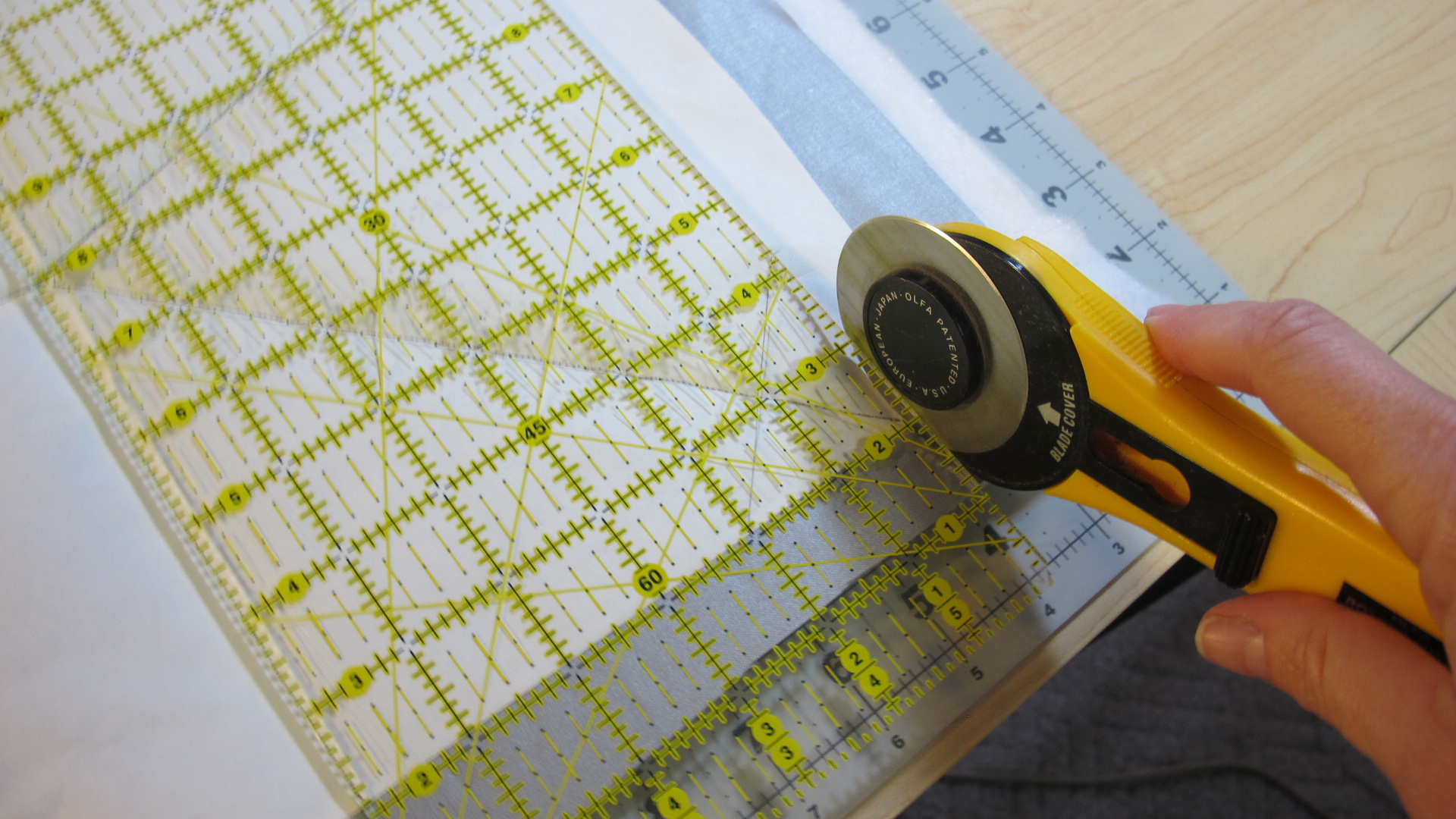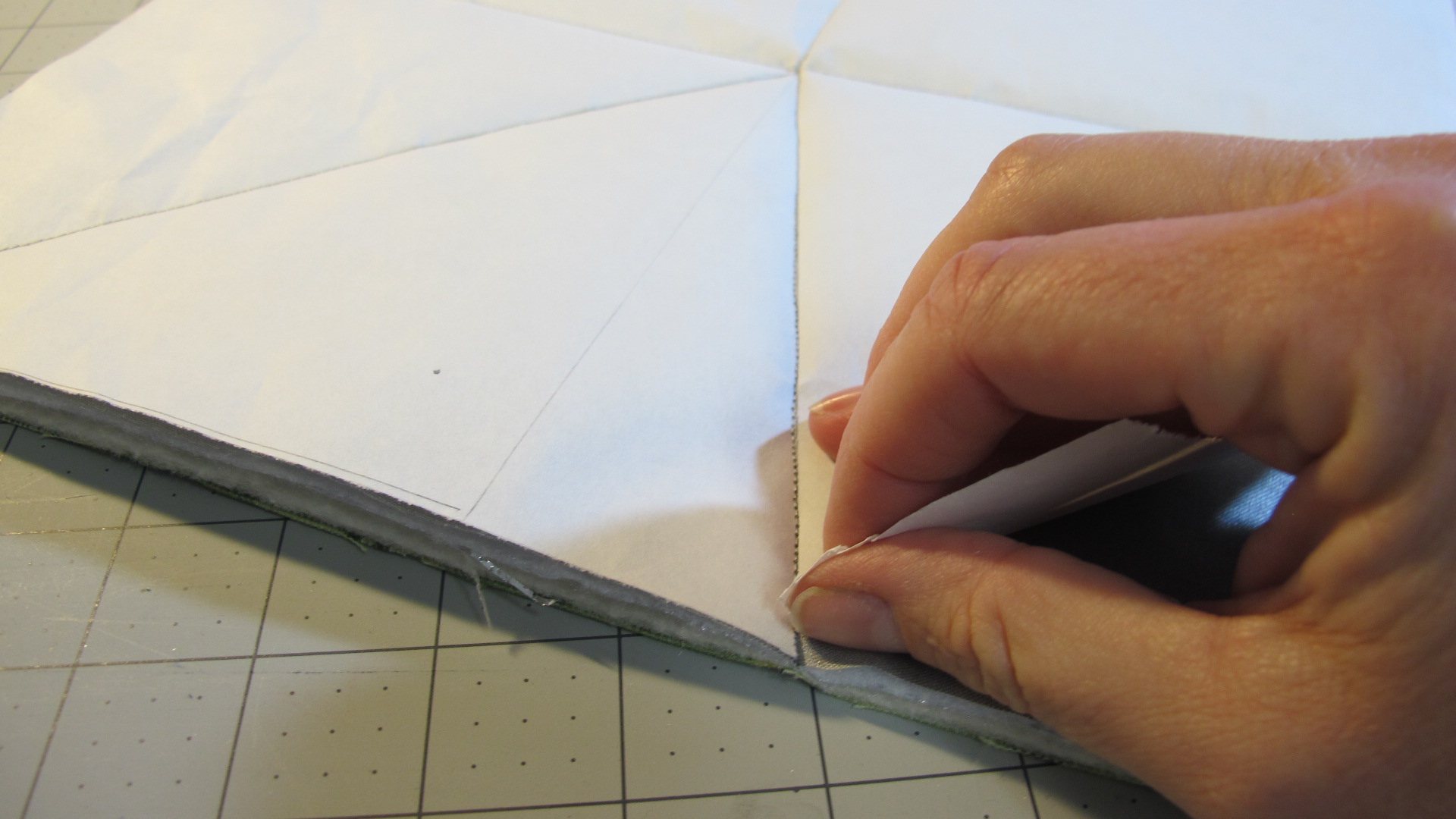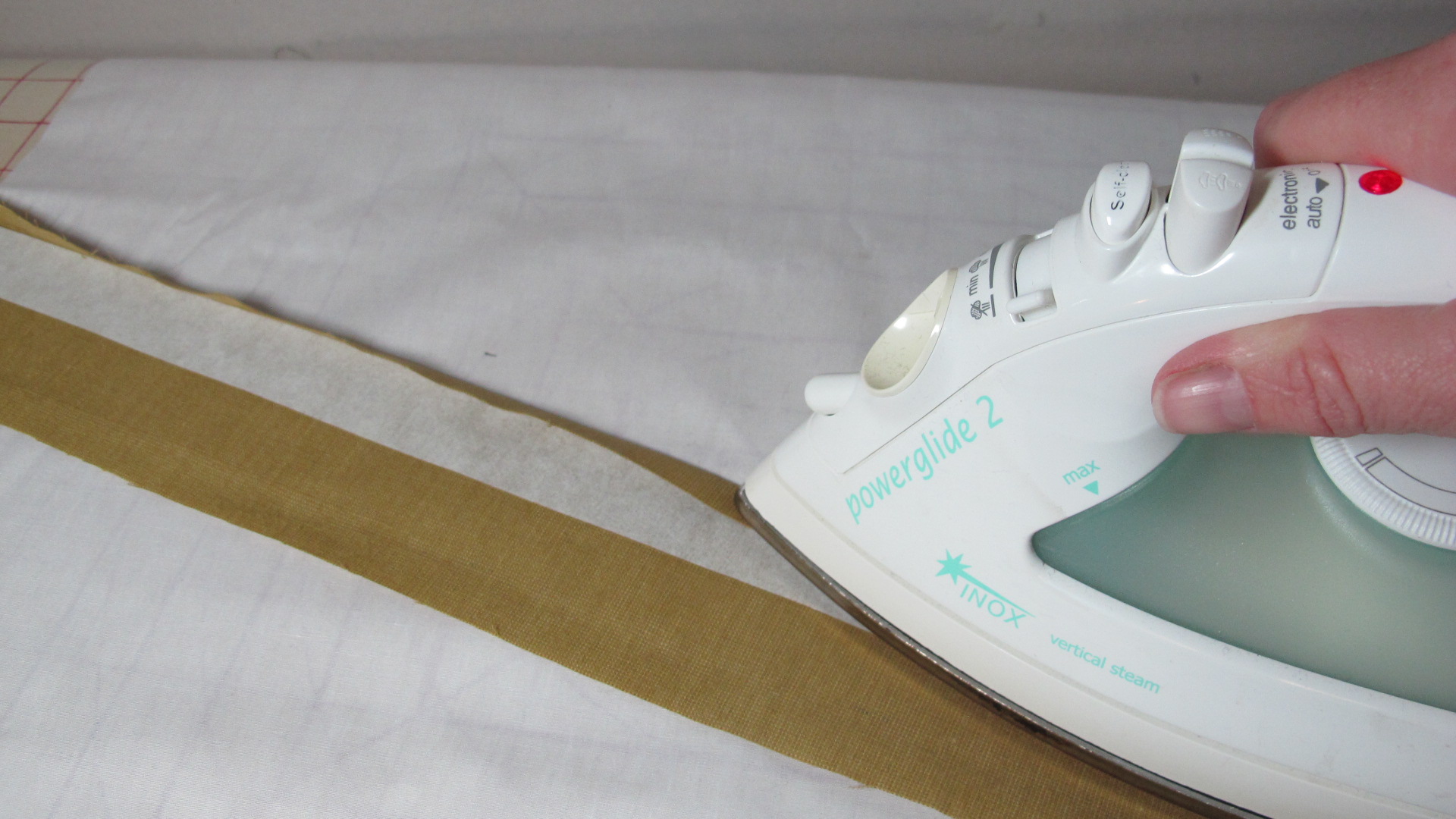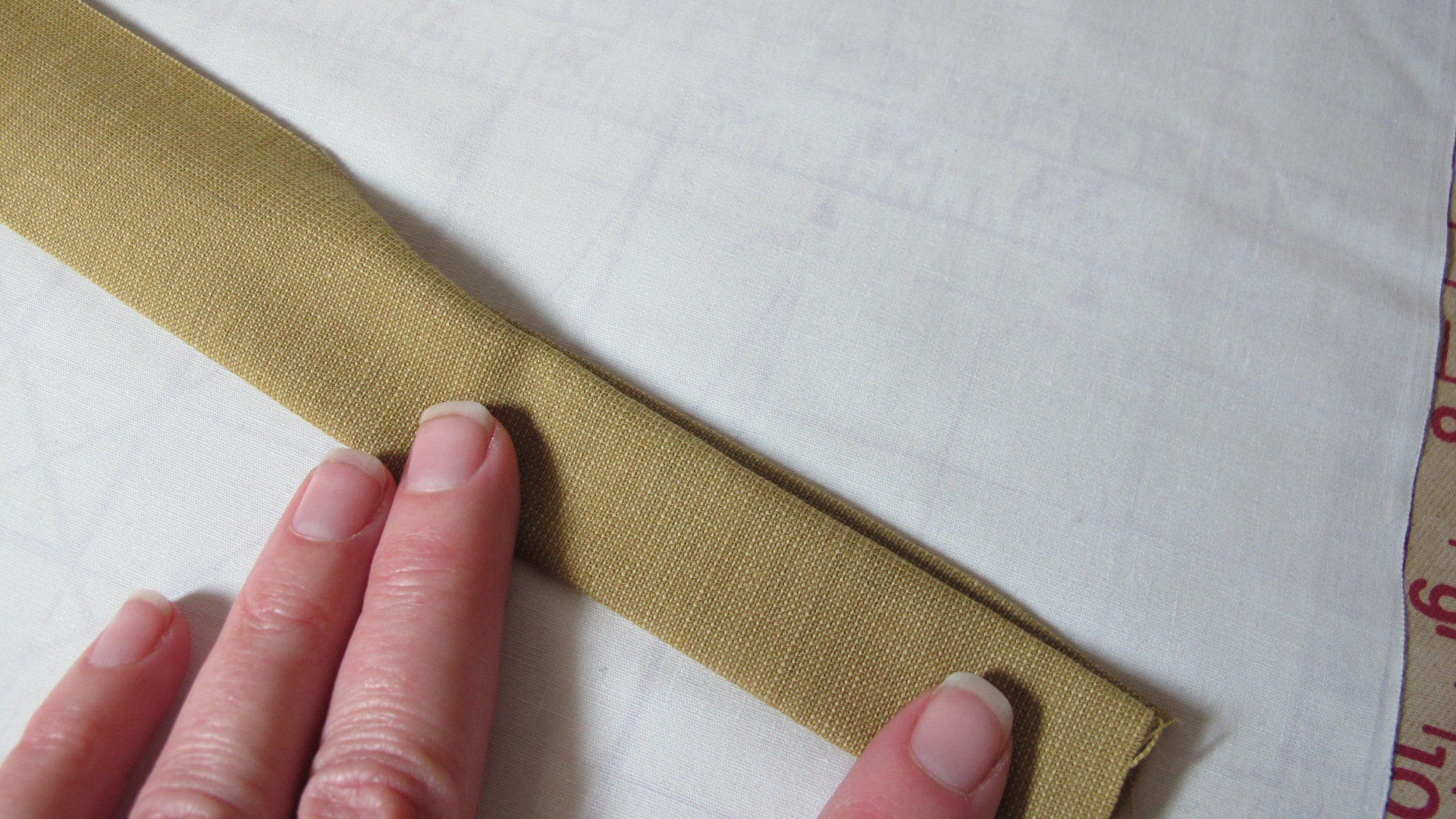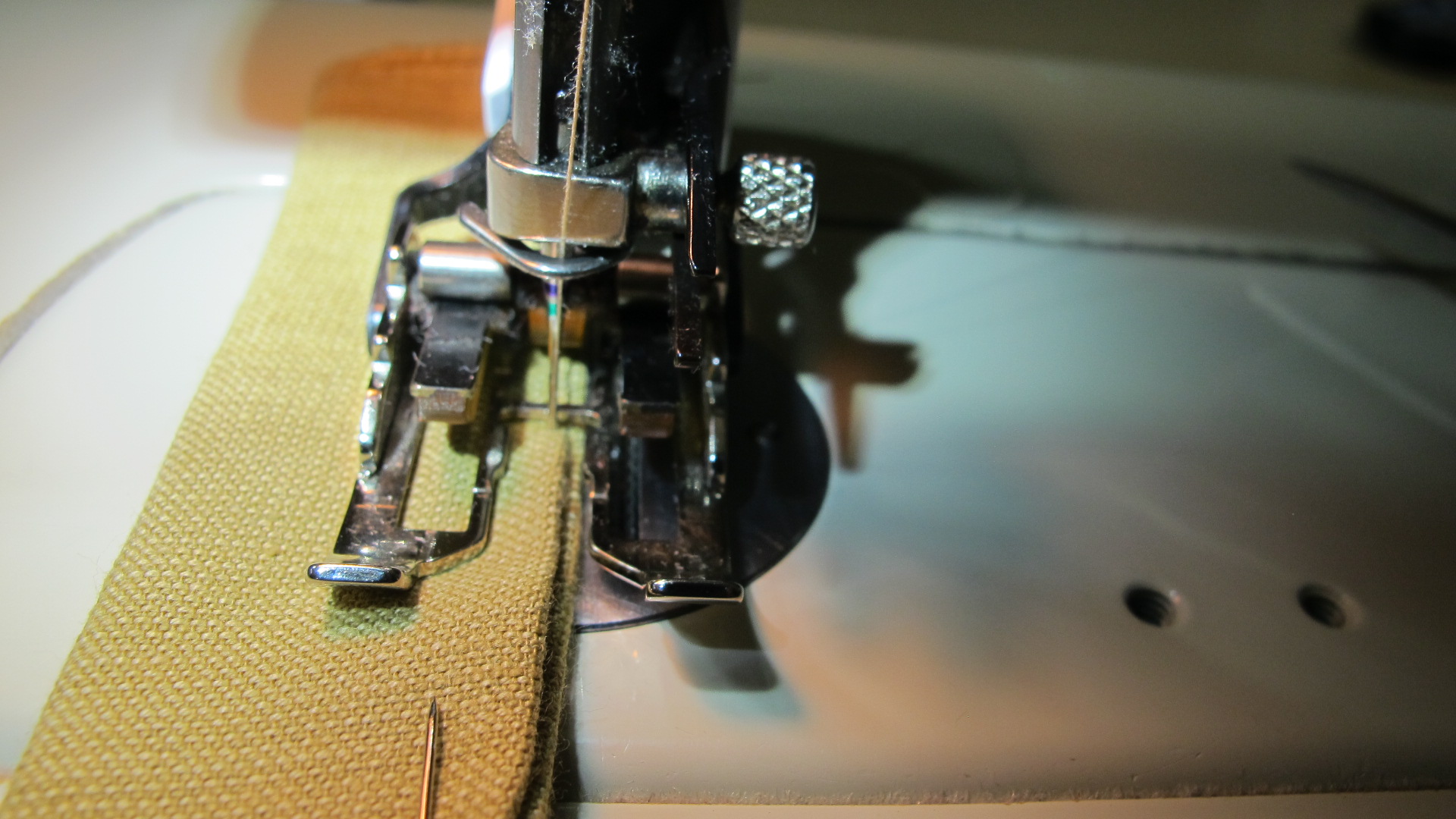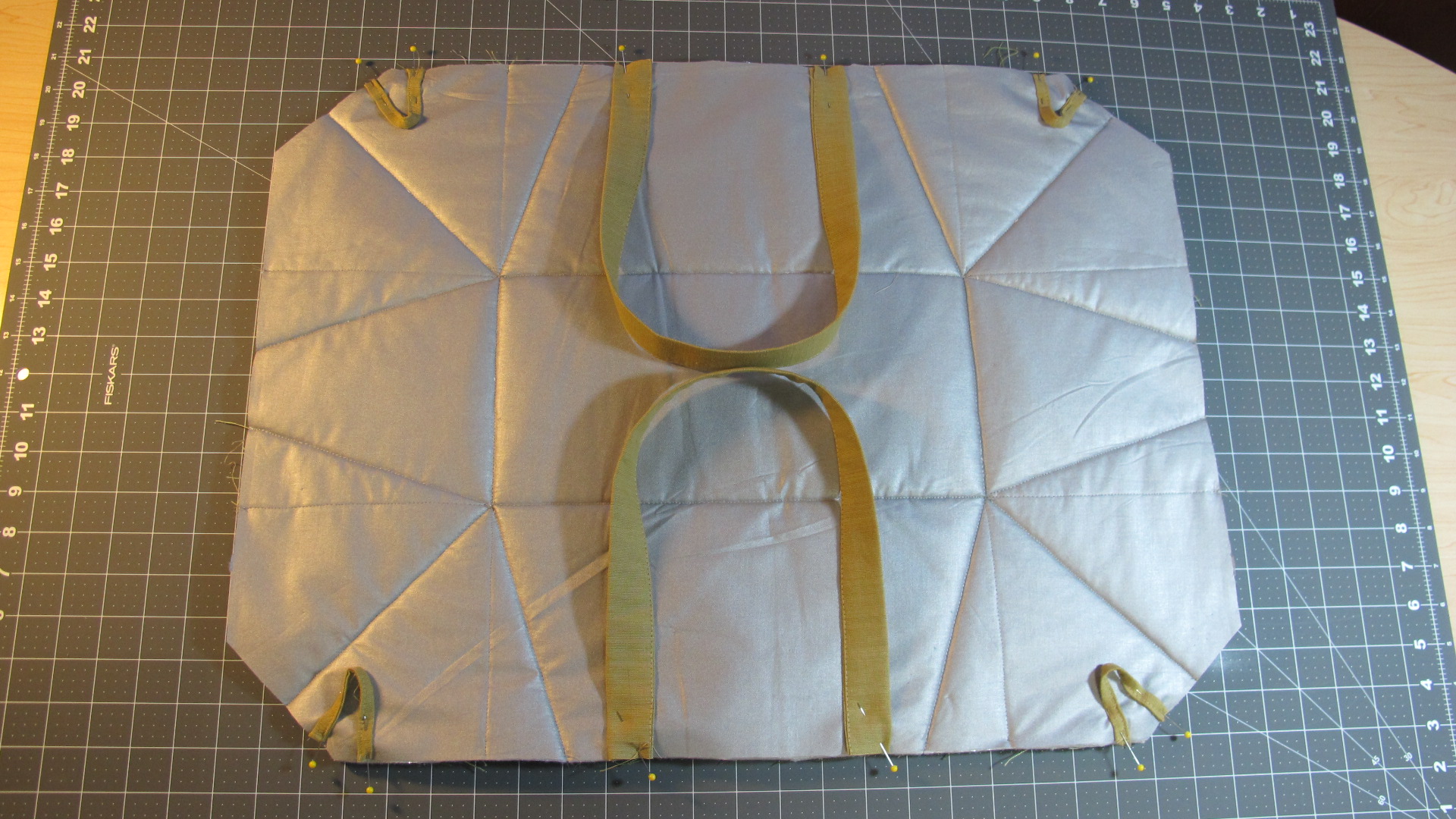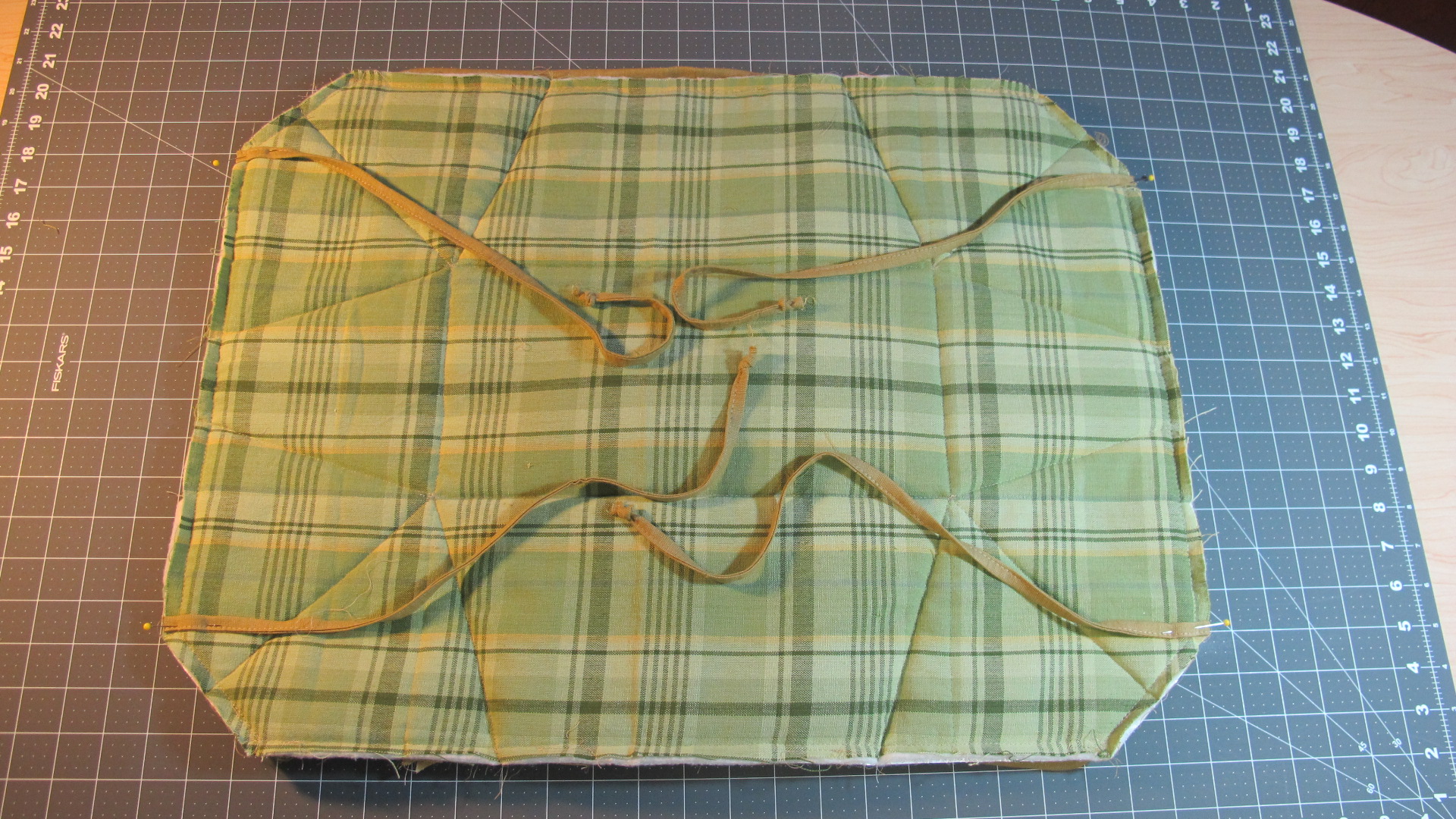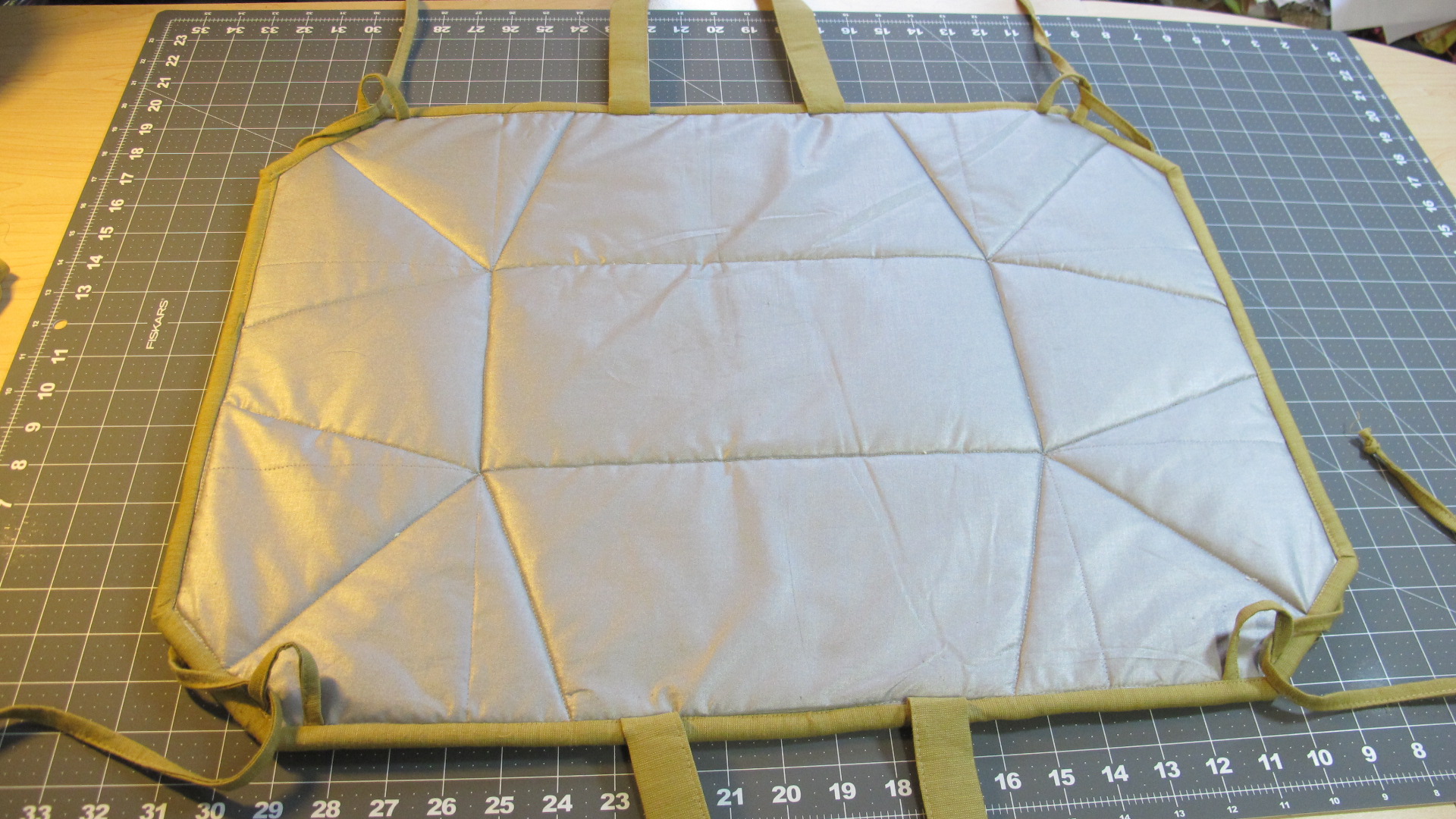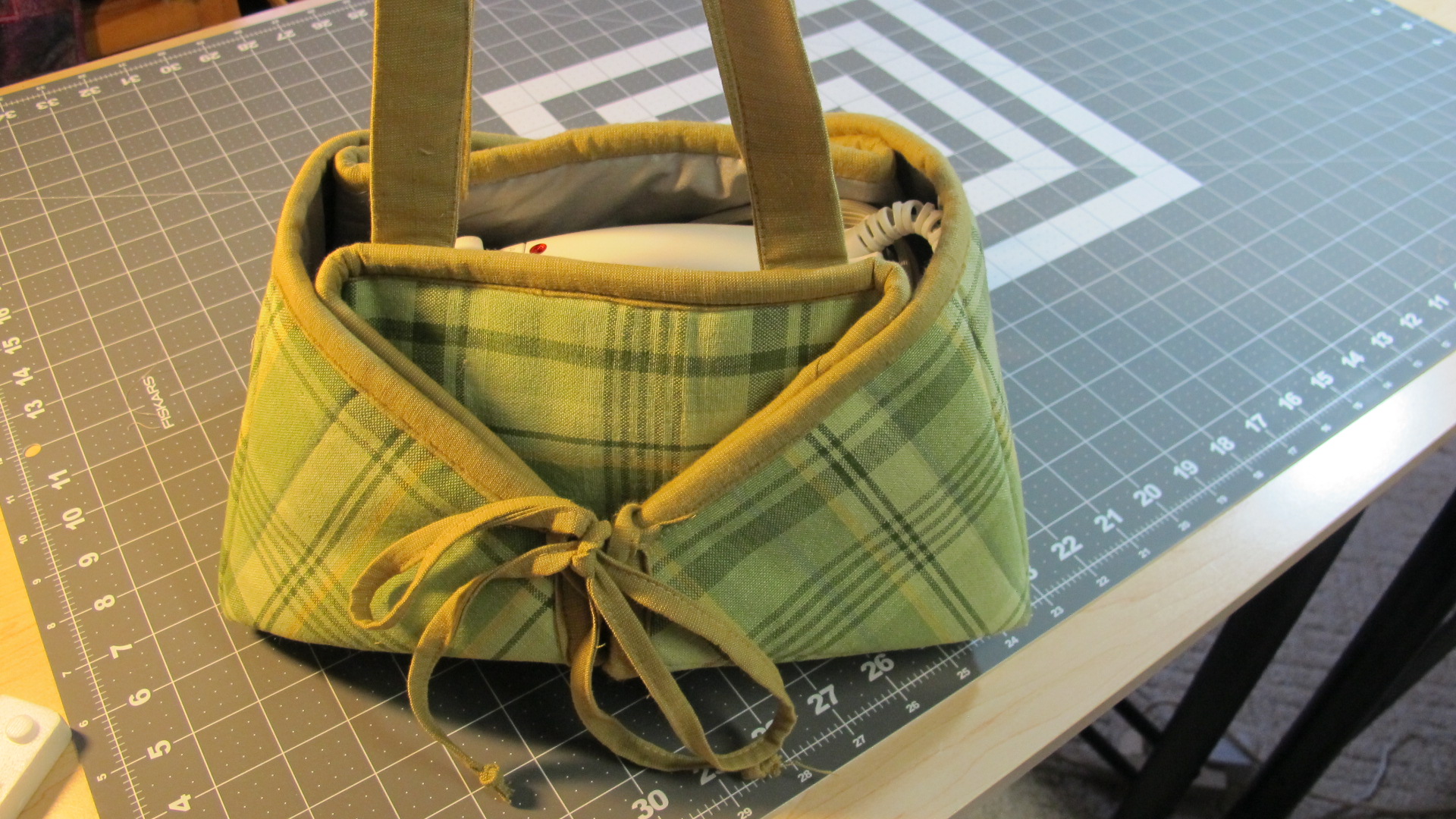Sometimes when starting a new quilt project we can have everything all planned out perfectly. For instance, what pattern we want to use, what method and what kind of fabric. However, sometimes we can get stuck on the endless amount of colors to incorporate into our quilt. With limitless options of colors and shades to pick from it can get overwhelming when picking the perfect color scheme for your next quilt.
It’s important to pick the right colors that will go together in order to make the quilt design complete and with the colors complementing each other. If you pick colors that don’t go together well then it will not appear as pleasant once used in the quilt design. It is also important to pick colors that are catching and appealing to the eye.
Here are some great tips and suggestions of what colors go well together and what colors don’t.
The Color Wheel:
A color wheel is the most helpful tool when picking out your colors for your quilt. If you find yourself spending hours deciding on colors to incorporate just turn to this helpful tool to save you some extra time. Normally all quilt and fabric stores have these handy tools in their stores to help make the process of picking out colors much easier.
The colors on the outside of the wheel are called the “pure hue” and are the most intense form of color. As the colors go inward they become less intense with more white is added to them. The last section of colors is the closest to the center of the wheel and have more black added to them making them the least intense. The colors on the wheel compliment the colors on the other side of the wheel. For instance, in the color wheel yellow and purple are across from each other, therefore they complement each other. This is what makes the color wheel so useful when picking out your fabric colors, by helping you pick ones that complement each other.
Tip: Black is the second dullest color, gray is the first most dull color of all.
Primary Colors:
To refresh your memory the primary top fundamental colors that when combined can create a more wide range of colors.
- Red
- Yellow
- Blue
Complementary colors:
These colors are great to use together in order to create an overall great looking quilt that is appealing to the eye.
- Purple and yellow
- Red and green
- Blue and orange
List of colors that also work well together:
- Cream, lavender and gray
- Navy blue, forest green and gray
- Lime green, deep purple and aqua blue
- Black, light brown and white
- Beige brown, light blue and cream
- Yellow, blue teal and white
- Navy blue, baby blue and white
- Pink, beige, yellow and white
- Pink, berry purple, deep red and cream
And the list goes on! Share with us your favorite colors when creating a quilt on our Quilter’s Thread mobile app.
Live Well. Quilt Well.
